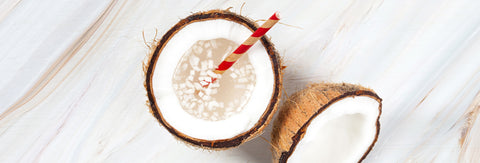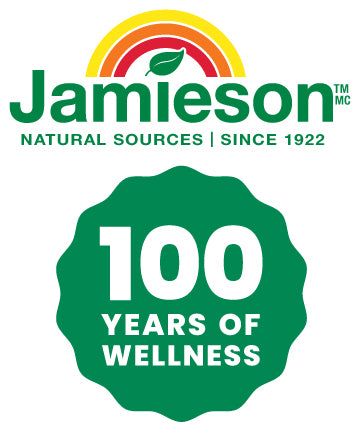There are more choices on our plates than ever, but according to an early 2019 report, 58 percent of all food that’s produced in Canada is lost or wasted. That’s more than $49 billion worth of product—enough to feed the entire country for five months.
Not only is that kind of surplus bad for the environment, but it also affects each household’s bottom line. In fact, in 2017 the National Zero Waste Council found that the average Canadian household wastes more than $1,100 worth of food every year. Want to cut down on your waste and help the environment—all while adding nutrition to your diet? Then it’s time to embrace the nutrient-packed portions of veggies that too-often end up in our garbage bags and green bins.
Carrot tops
Some people believe the tops of carrots are inedible, but that could be due to their slightly bitter taste. In reality, the greens are packed with vitamins A, B6, C, and K, along with dietary fibre, calcium, and iron, so they deserve better than the compost bin. Add them to a delicious pesto, or chop them up and add a little to your next vinaigrette for an extra kick.
Leek tops
Plenty of recipes call for the softer, white parts of leeks, but where does that leave the greener tops? It turns out that the tops are high in the B vitamin folate, and they sauté just as nicely as onions. You can use them in soups or stews, and they also make nice vessels in which to bake fish or chicken.
Radish, turnip, and beet greens

Want to get creative with your next salad? Turn to sweet and earthy beet greens, which are loaded with iron. Or mix spicier radish greens into your next spinach bowl. Meanwhile, antioxidant-packed turnip greens add a spicy punch to stir-fry or curries. The sky is the limit with these often overlooked greens, which are all complete health wins.
Broccoli and cauliflower stems
Tired of traditional cabbage slaw? Throw peeled broccoli or cauliflower stems into the food processor and shred them up for a cabbage alternative. They could also be chopped and used in your next soup or stir-fry, or even boiled and mashed into your next batch of mashed potatoes. Considering that broccoli’s stems contain just as much potassium and vitamins (A, C, and B6) as the florets, why would you continue tossing them curbside?
Kale and collard stalks

These superfoods can be an acquired taste, which is why recipes often suggest trimming out the more bitter ribs and using up the softer leaves. But the stems themselves are just as edible and packed with the same vitamins (A, K, and C) and fibre as the leaves. Thinly slice them for a bit of crunch to your salad, roast them in the oven, or puree them into your next roasted veggie soup.
Sweet potato leaves
Fibre-filled, vitamin-A-packed sweet potato leaves are an often overlooked but completely underrated vegetable that punches up stir-fry or are also enjoyed steamed and prepared like spinach or collard greens. Their vines are rich and full of flavour, while the leaves themselves are a little more bitter, but both are excellent cooking additions that make full use of the orange spud.
Mushroom Stems

Mushrooms are technically a fungus, not a vegetable. But with a wide variety of that range in flavour and texture, they’re often used as a veggie. Those edible, antioxidant-filled stems though? In most cases they’re needlessly discarded. The next time you’re chopping up button mushrooms, consider trimming only the ends and using the whole thing. Or, if you’ve got some shitakes on your hands, separate the stems and save them for a boost of flavour in your next stock.
Onion skins
Onions are a great source of antioxidants, but the skin is an ever greater source. The next time you peel away those tear-inducing outer layers, know that they’re best when steeped. Add organic peels to soups, sauces, or stock, and then fish them out before serving for extra flavour and nutrients.
Squash skin
The next time you almost lose a finger peeling that fibre-filled squash skin, rethink your strategy (and save your digits). While waxy skin on squash varieties like spaghetti or winter is still best to toss aside, roasted or braised butternut, acorn, and delicata squash skin is delicate and tasty, and totally worth keeping intact.




